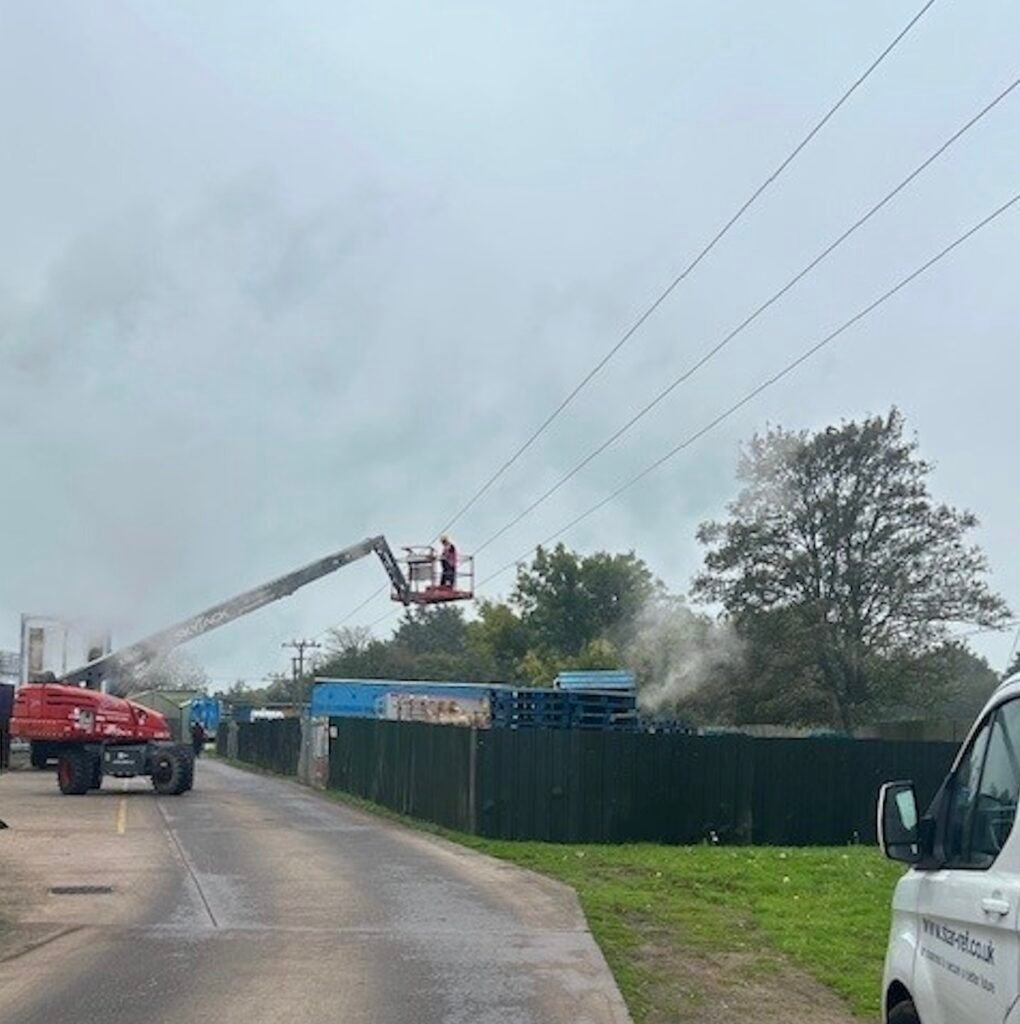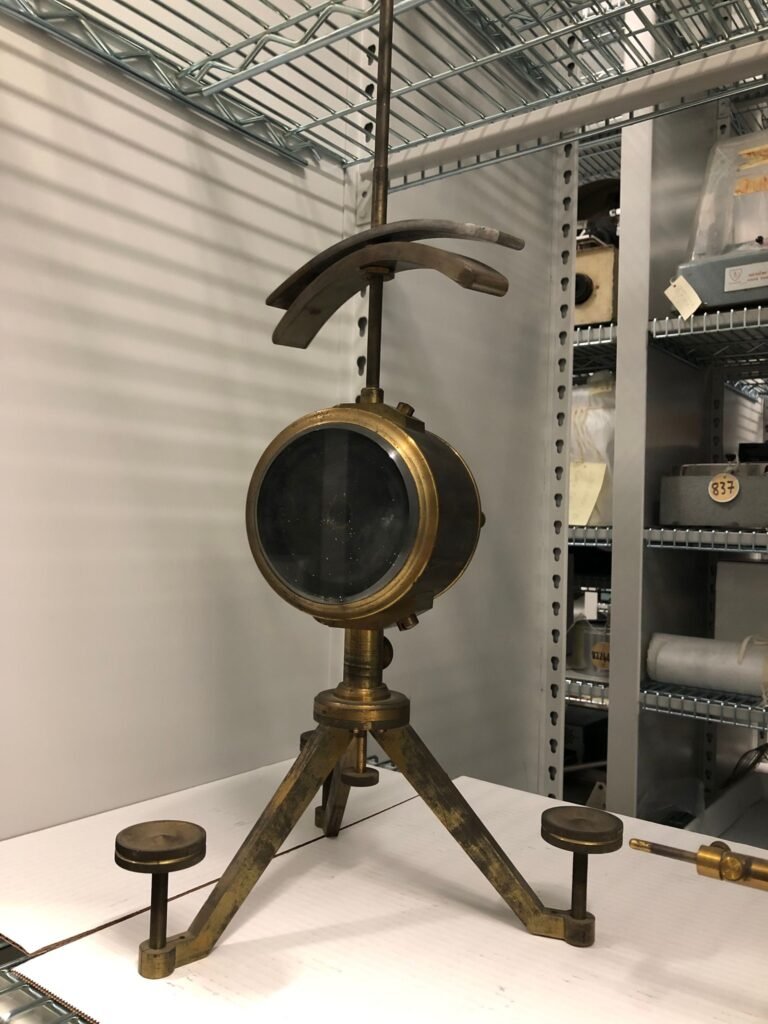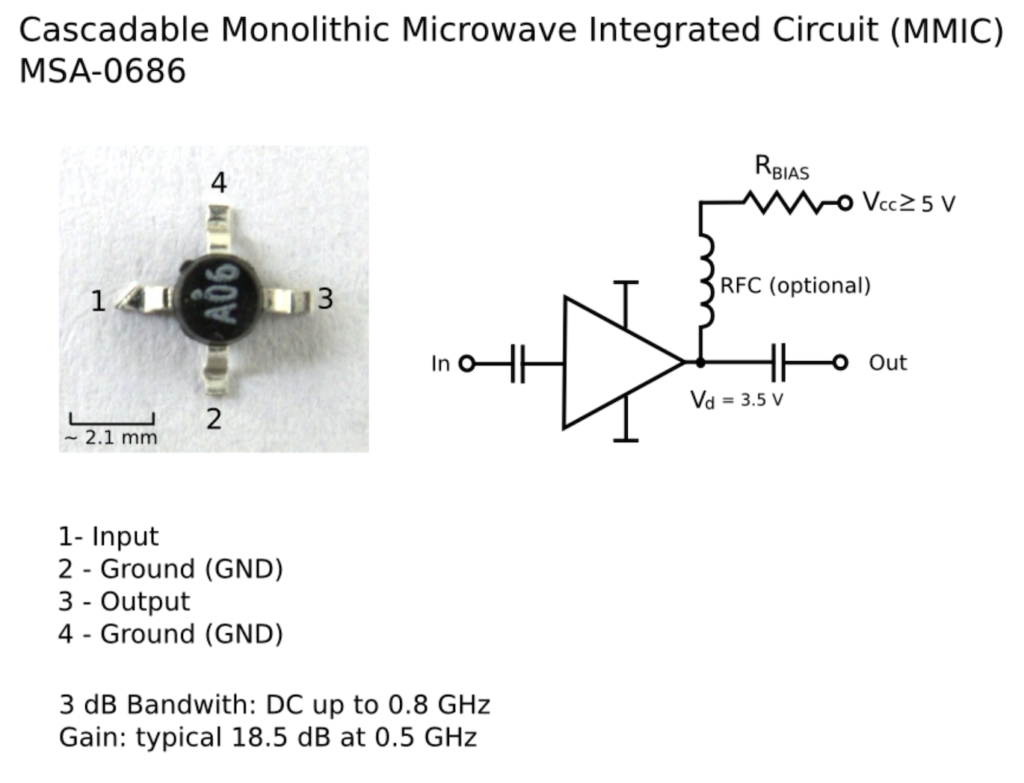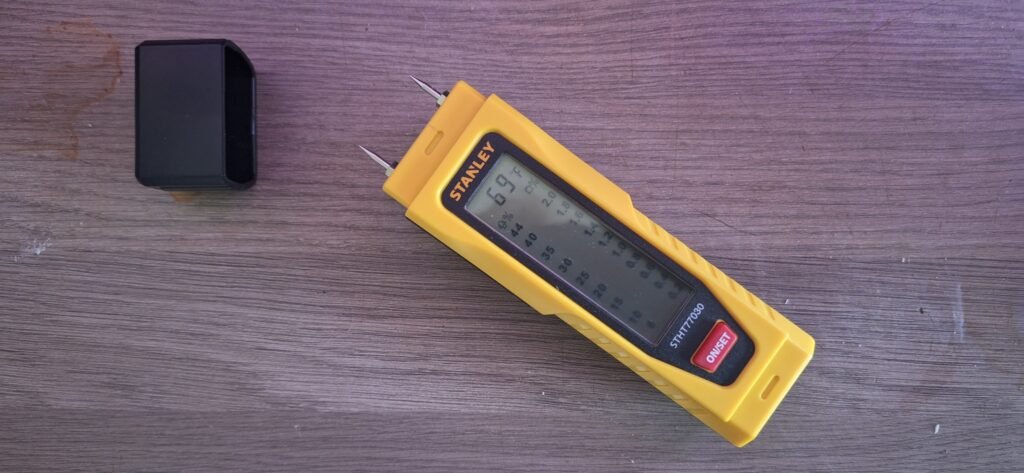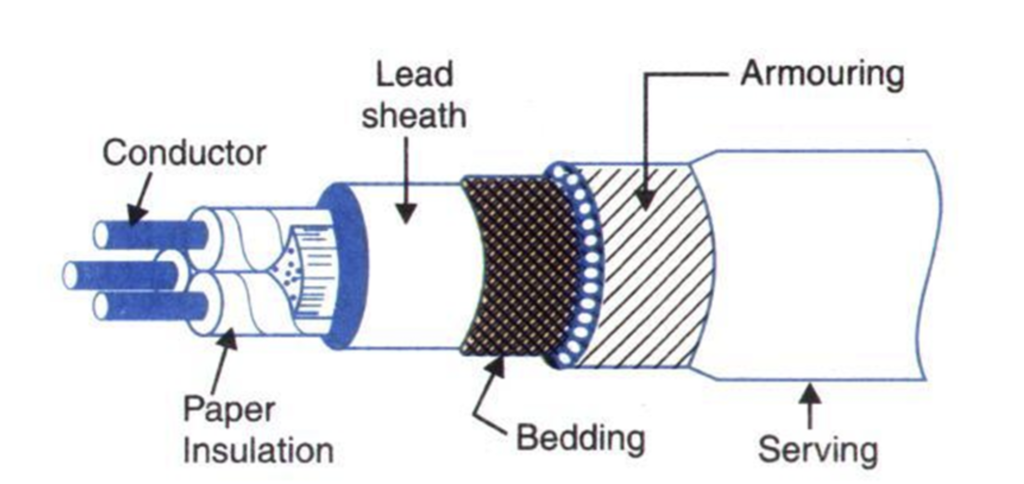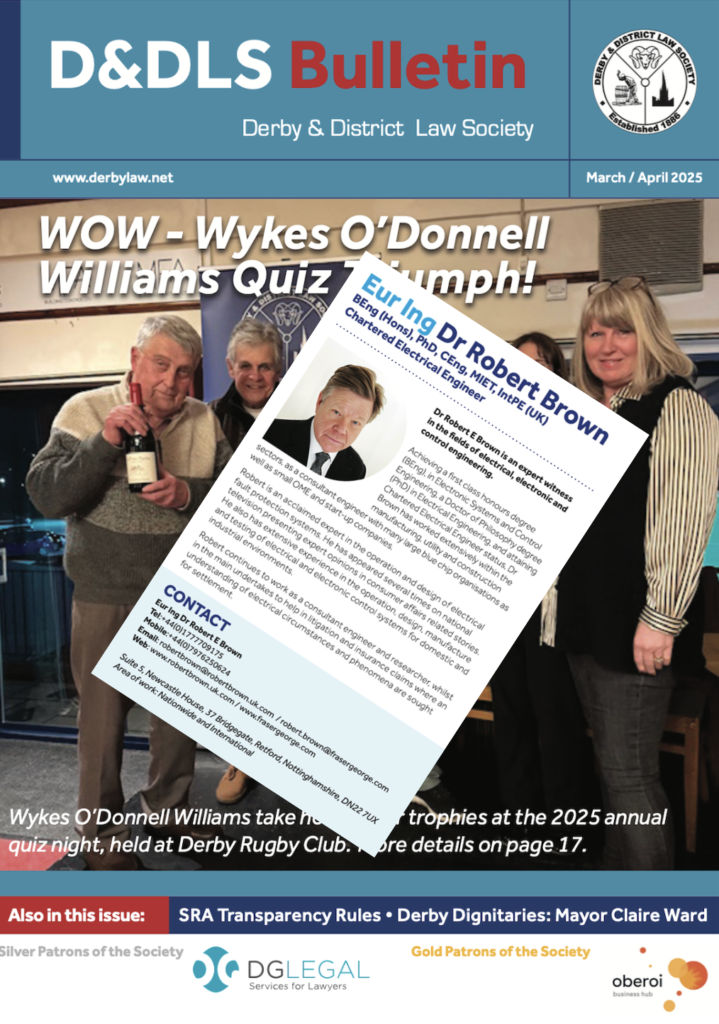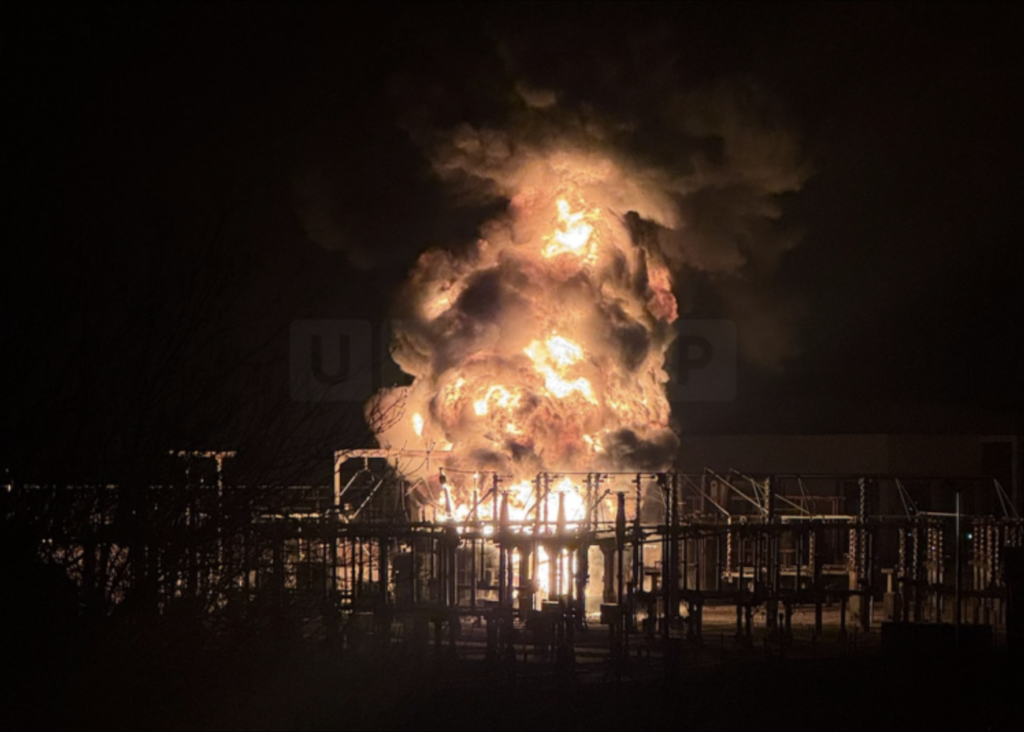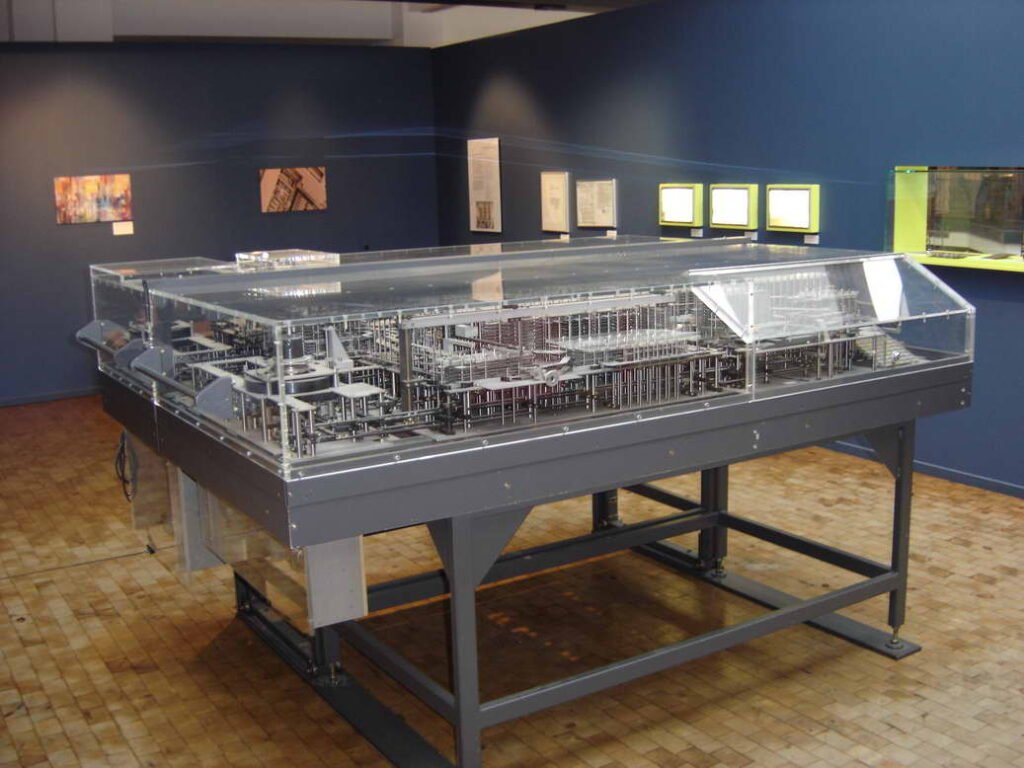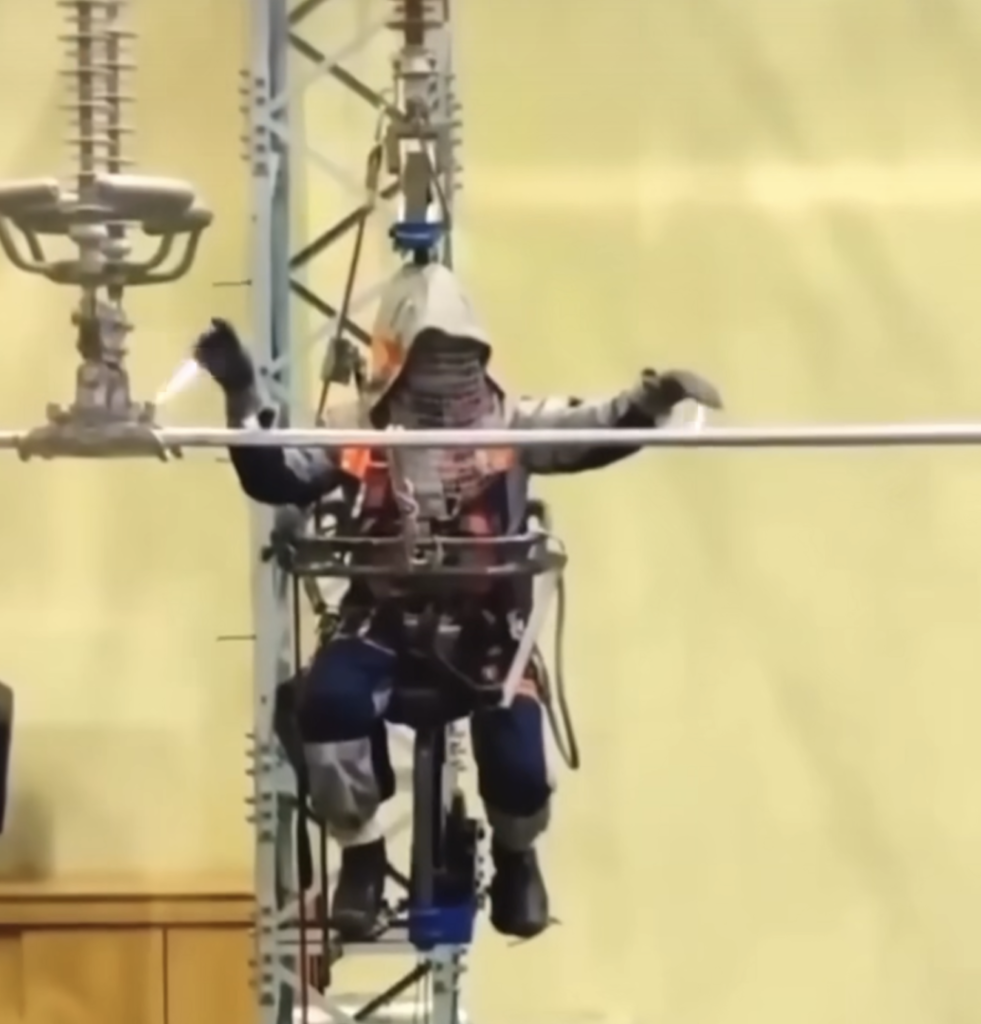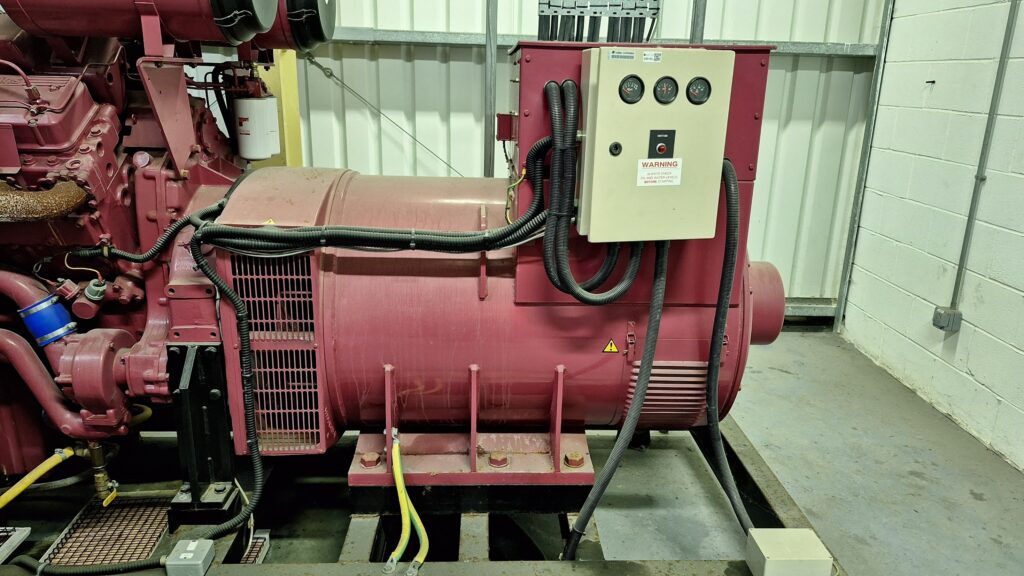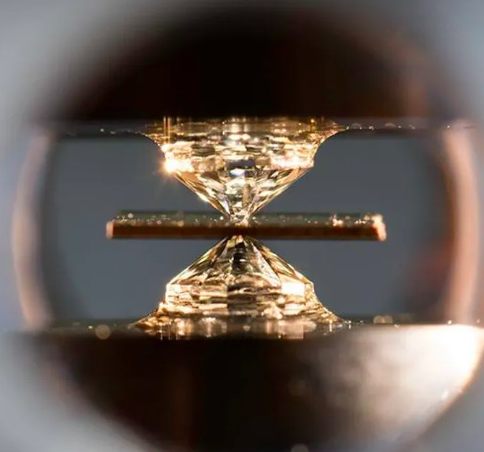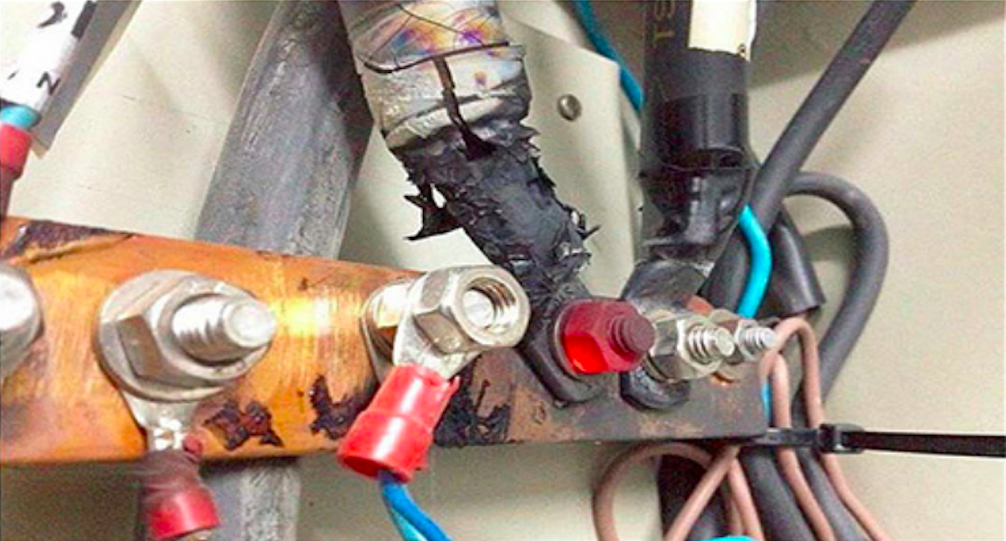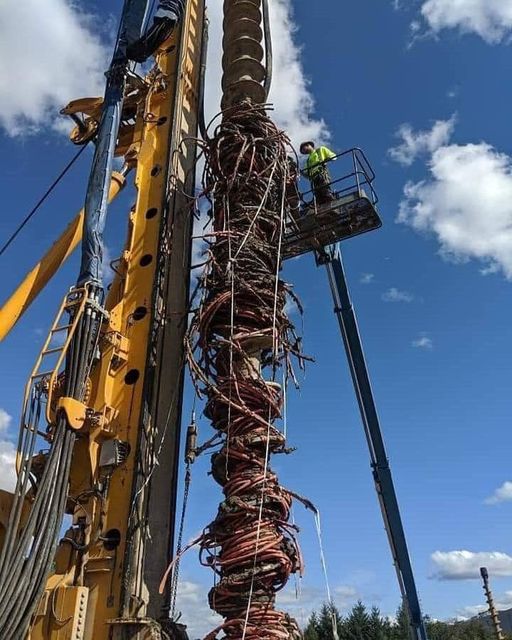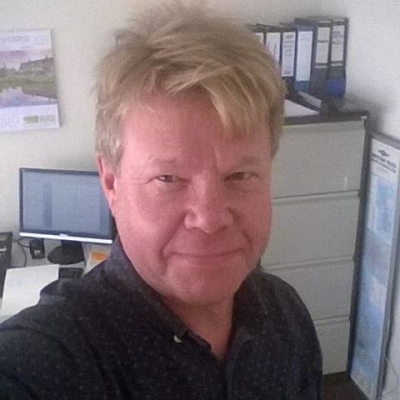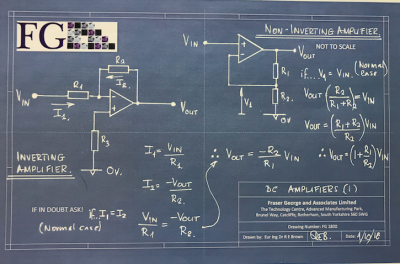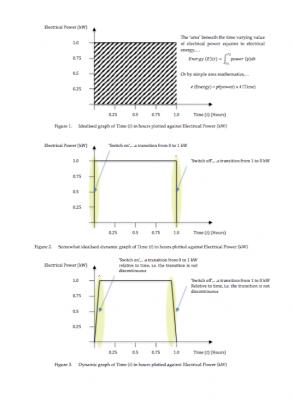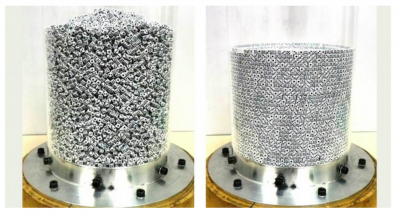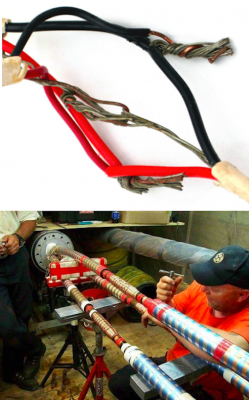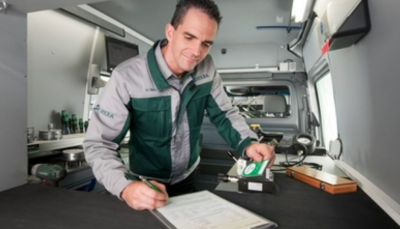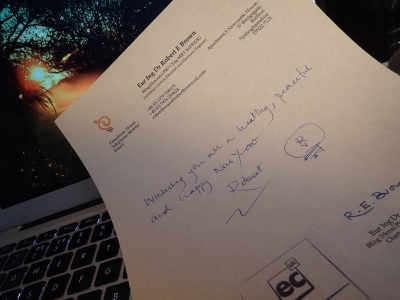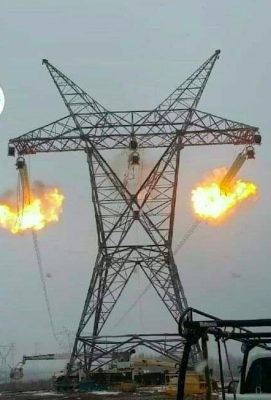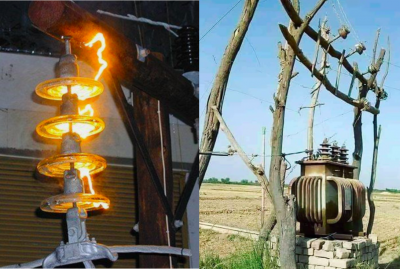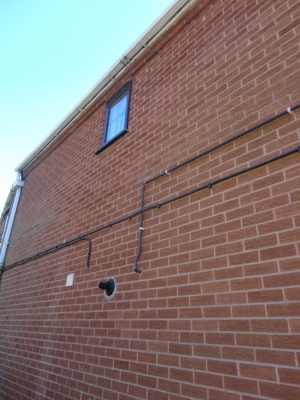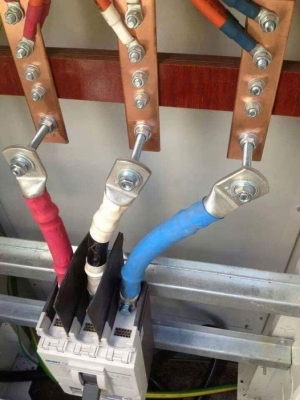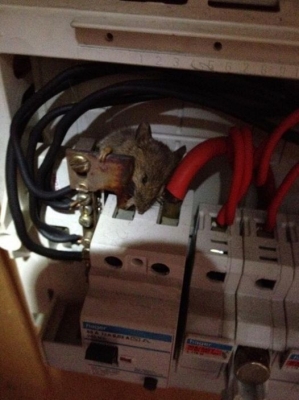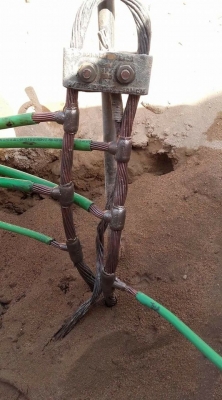Good afternoon,
I was intrigued to the referenced article informing of the success of a 1:10 scale prototype of a floating platform supporting two (2) wind turbines.
I note that the trials took place at the Bay of Greifswald in the Baltic Sea and in testing the platform, 180 sensors were used in 30 different measurements to establish how it behaves when exposed to different wind directions and speeds, as well as wave heights and directions. According to the researchers, the floating wind platform withstood a storm tide in mid-October and given the test results propose ,..
“This new technology opens up countries and marine areas with greater water depths and expands the possibilities for renewable energy generation,”
I am troubled by the research since I understand that the primary function of a wind turbine is convert wind energy to electrical energy. Within the body of research I see no reference to attributes of electrical power generation and the method used or the proposed technique to extract electrical energy from the platform.
Given my understanding of the report I perceive that the platform pitches and yaws with ocean/sea dynamics, therefore given the platform conveys generated electrical energy via an electrical cable, is my thinking correct that the cable will also be subject to similar pitch and yaw and consequentially will most probably break due to ductile fracture and plastic deformation phenomena?.
Eur Ing Dr Robert Brown (Robert) is the Executive Director of Fraser George and Associates Limited and is a Consultant Engineer in the fields Electrical Electronic and Control Engineering. Robert is also an accomplished professional Expert Witness having prepared and presented many court compliant reports and presented oral evidence within the High Court, Crown Courts and County Courts.
For further information please contact Robert via;
Email,…robert.brown@frasergeorge.com or robertbrown@robertbrown.uk.com
Tel Land: +44 (0)1777 709175
Tel Mobile: +44 (0) 7976250624




